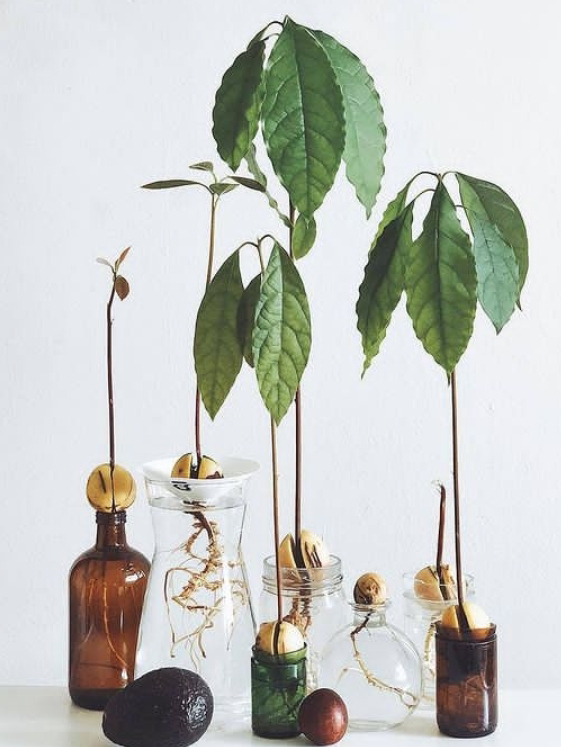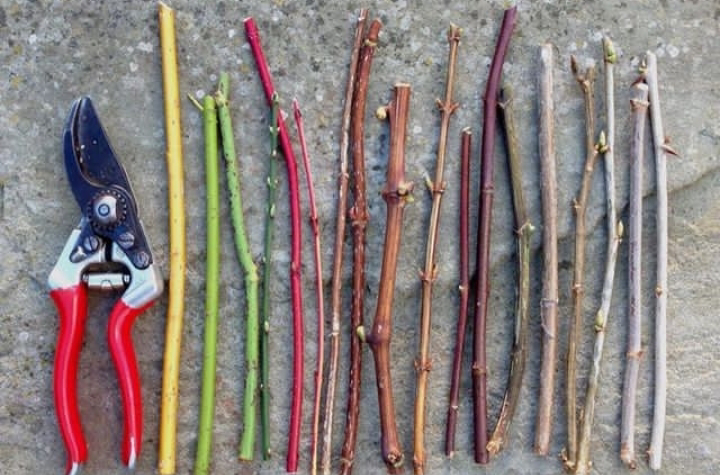Some common methods include:
1. **Seed Propagation ** Growing plants from seeds, which involves Sowing seeds in soil and providing suitable conditions for Germination and growth.
2. Cutting Propagation Taking cuttings (stems or leaves) from Parent plant and encouraging them to develop roots and grow into new plants.
3. **Layering:** Bending a low-hanging branch of a plant to the ground, covering it with soil, and allowing it to develop roots before separating it from the parent plant.
4. **Division:** Splitting a mature plant into smaller sections, each with its own roots and shoots, and planting them as individual plants.
5. **Grafting:** Joining a stem or bud (scion) from one plant onto the rootstock of another plant, allowing them to fuse and grow together.
6. **Budding:** Similar to grafting, but involves attaching a single bud or "eye" onto the rootstock, usually under the bark.
7. **Tissue Culture:** Propagating plants from tiny pieces of plant tissue in a controlled laboratory environment, often used for rare or difficult-to-propagate species.
8. **Offsets and Runners:** Some plants produce offsets (smaller plants that form at the base of the parent plant) or runners (horizontal stems that develop roots and shoots along their length) that can be separated and grown into new plants.
9. **Bulb Division:** Dividing bulbs, corms, or tubers into smaller sections, each capable of growing into a new plant.
10. **Suckers and Adventitious Shoots:** Some plants produce suckers or adventitious shoots that emerge from the base or roots. These can be removed and planted as new individuals.
The choice of propagation method depends on the plant species, its characteristics, and the desired outcome.



No comments:
Post a Comment